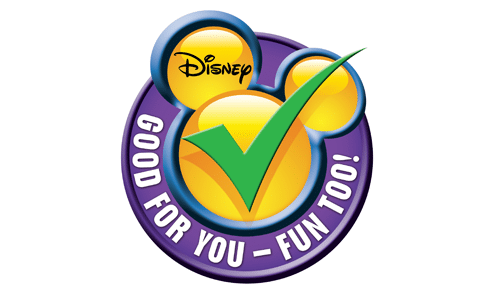 |
| Disney's “Mickey Check" icon will appear on nutritious food and menu items sold in stores, online and at restaurants and food venues at its U.S. parks and resorts. |
In an effort to address concerns about childhood obesity—and to distinguish itself from its competitors in the mind of health-conscious parents—the Walt Disney Co. is setting nutrition requirements for food advertisements directed at families on its TV channels, radio station, Web site and theme parks. Some of these requirements will go into effect this year; they will all go into effect by 2015.
Disney presented its new message of responsible advertising on a big stage: It held a joint press conference in Washington, D.C., with First Lady Michelle Obama on June 5 announcing the nutrition requirements for advertisers.
“I'm thrilled that over the next couple of years, when our kids tune into their favorite shows on Disney channels or they log onto the Disney Web site, they will no longer be bombarded with unhealthy messages during those commercial breaks," Michelle Obama said at the event.
For food brands that hope to advertise on Disney media properties including the Disney Channel, Disney XD, Disney Junior, Radio Disney, Disney.com and ABC's Saturday morning programming for kids must meet the company's new caloric, saturated fat, sodium and sugar criteria.
The move by Disney comes on the heels of New York Mayor Michael Bloomberg's announcement of a plan to ban sugary drinks larger than 16 ounces in most restaurants, theaters, delis and vending carts throughout the city.
According to The New York Times, Disney acknowledged it would most likely lose some advertising revenue—it declined to say how much—but said that the benefits outweighed the potential losses. The primary benefit is presenting the Disney brand as one that families can trust and be held accountable for the influence it has on children.
Robert A. Iger, Disney’s chairman, told the Times he feels strongly that “companies in a position to help with solutions to childhood obesity should do just that,” but added: “This is not altruistic. This is about smart business.”
The move come six years after Disney introduced nutrition guidelines for food products promoted with company characters. At the June 5 press conference, Disney introduced the Mickey Check, a logo that food and beverage products and can use if they meet the company's nutrition standards. As part of a partnership with Michelle Obama, Disney will be creating public service announcements promoting child exercise and healthy eating.
Disney's message is bold: It's willing to forsake some of its ad revenue to promote healthy diets for children. And while some of these advertising restrictions won't go into effect until 2015, Disney has essentially already distanced itself from its competitors when it comes to childhood nutrition.
Follow Bill Miltenberg: @bmiltenberg
